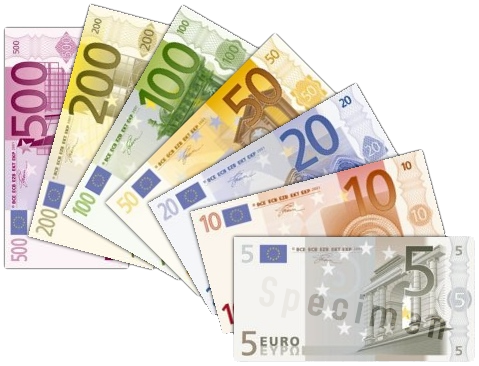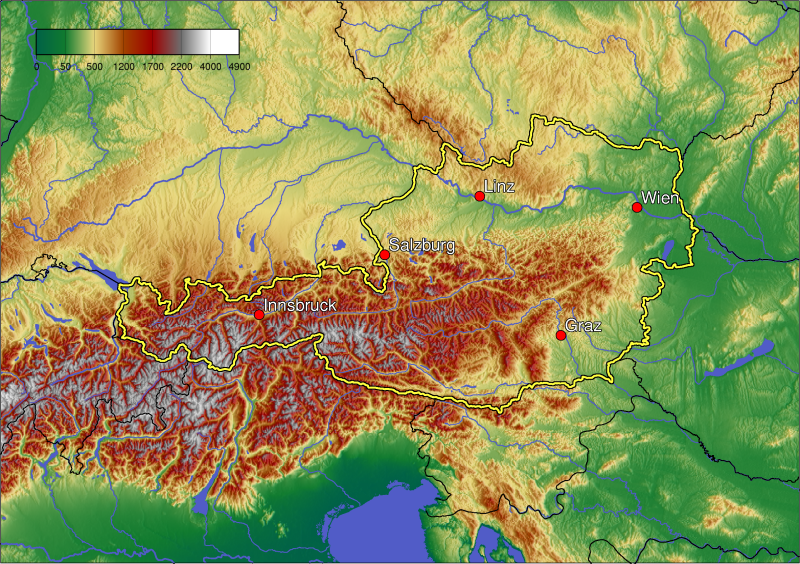Austria's past as a European power and its cultural environment have generated a broad contribution to various forms of art, most notably among them music. Austria has been the birthplace of many famous composers such as Joseph Haydn, Michael Haydn, Franz Liszt, Franz Schubert, Anton Bruckner, Johann Strauss, Sr. and Johann Strauss, Jr. as well as members of the Second Viennese School such as Arnold Schoenberg, Anton Webern and Alban Berg. Wolfgang Amadeus Mozart was born in Salzburg, then an independent Church Principality, though one that was culturally closely connected to Austria and much of Mozart's career was spent in Vienna.
Vienna has long been especially an important centre of musical innovation. 18th and 19th century composers were drawn to the city due to the patronage of the Habsburgs, and made Vienna the European capital of classical music. During the Baroque period, Slavic and Hungarian folk forms influenced Austrian music.
Vienna's status began its rise as a cultural center in the early 16th century, and was focused around instruments including the lute. Ludwig van Beethoven spent the better part of his life in Vienna. Austria's current national anthem, attributed to Mozart, was chosen after World War II to replace the traditional Austrian anthem by Joseph Haydn.
Austria has also produced one notable jazz musician, keyboardist Josef Zawinul, who helped pioneer electronic influences in jazz as well as being a notable composer in his own right. The pop and rock musician Falco was internationally acclaimed during the 1980s, especially for his song "Rock Me Amadeus" dedicated to Mozart. The drummer Thomas Lang was born in Vienna in 1967 and is now world renowned for his technical ability, having played with artists such as Geri Halliwell and Robbie Williams.
Vienna has long been especially an important centre of musical innovation. 18th and 19th century composers were drawn to the city due to the patronage of the Habsburgs, and made Vienna the European capital of classical music. During the Baroque period, Slavic and Hungarian folk forms influenced Austrian music.
Vienna's status began its rise as a cultural center in the early 16th century, and was focused around instruments including the lute. Ludwig van Beethoven spent the better part of his life in Vienna. Austria's current national anthem, attributed to Mozart, was chosen after World War II to replace the traditional Austrian anthem by Joseph Haydn.
Austria has also produced one notable jazz musician, keyboardist Josef Zawinul, who helped pioneer electronic influences in jazz as well as being a notable composer in his own right. The pop and rock musician Falco was internationally acclaimed during the 1980s, especially for his song "Rock Me Amadeus" dedicated to Mozart. The drummer Thomas Lang was born in Vienna in 1967 and is now world renowned for his technical ability, having played with artists such as Geri Halliwell and Robbie Williams.















